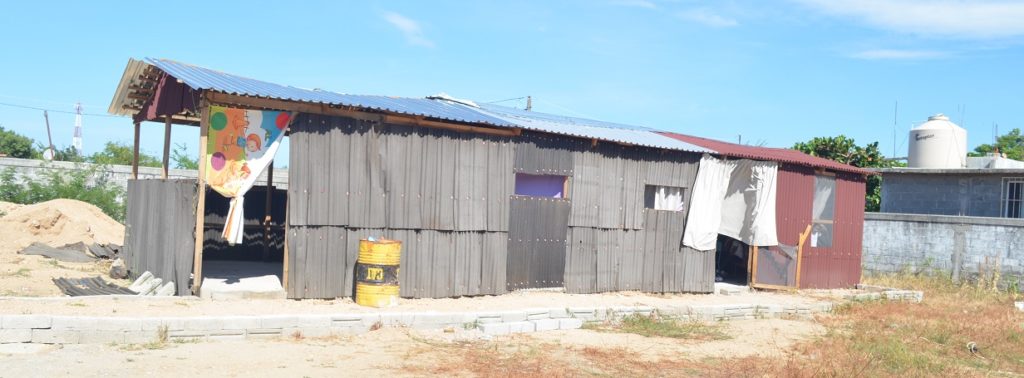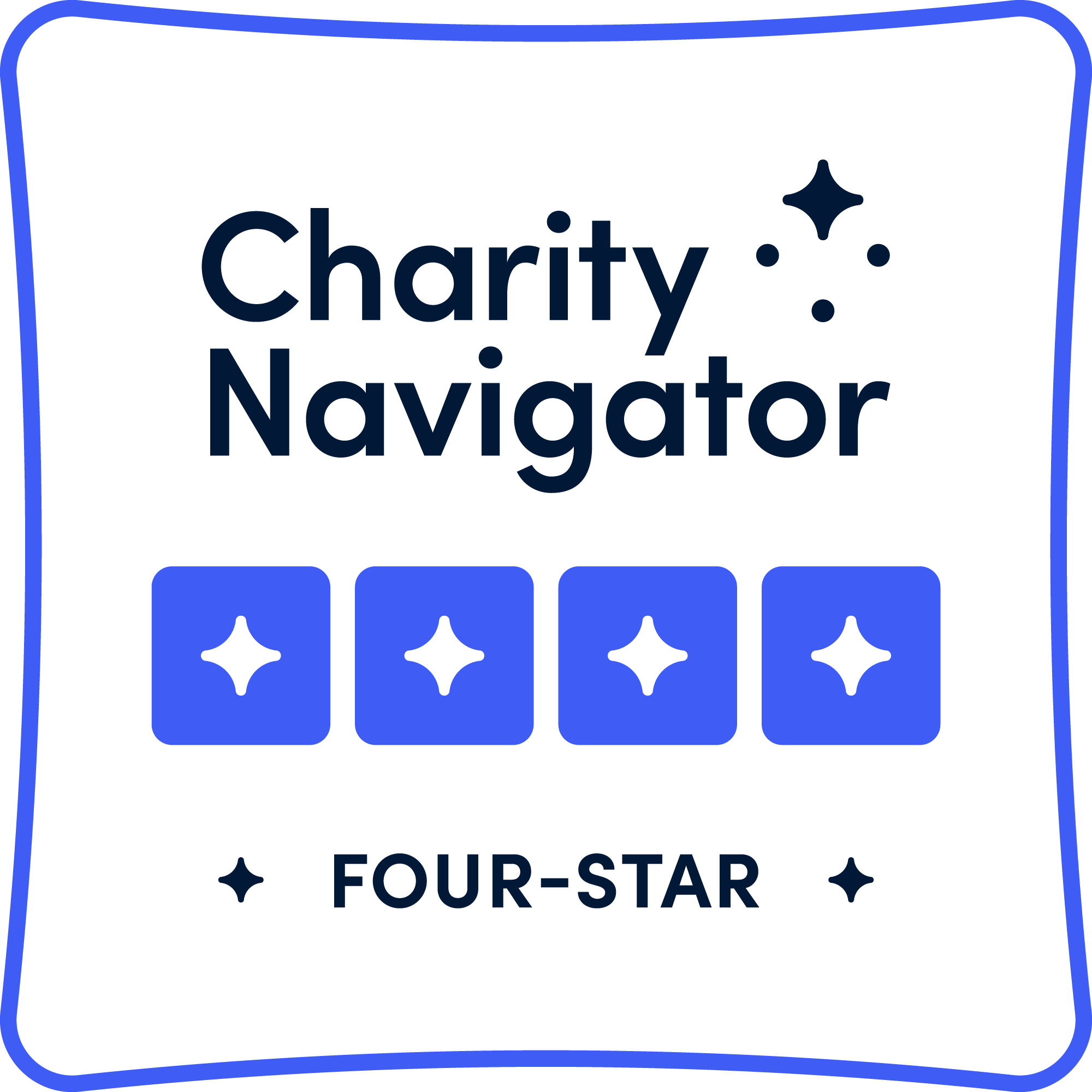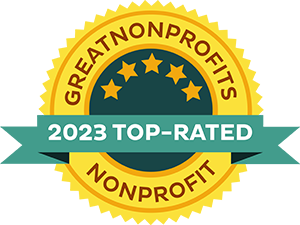Education For All
School Builds

All Hands and Hearts has created the Education for All Fund, a dedicated source of funding, to flexibly invest in supporting our school programs worldwide.
100% of all donations to the Fund will be used to directly support our school programs around the world.
Theirworld reports nearly 40 million students have their education disrupted, each year, by natural disasters causing severe social impacts and affecting the country’s economy at an individual, local and national level. A weakened economy results in slow, or non-existent, long term recovery efforts impacting the nation’s ability to rebuild infrastructure such as transport links, hospitals, housing and schools.
According to UNESCO, “if all students in low income countries completed primary school with basic reading skills, at least 171 million people could be lifted out of poverty.” This illustrates how supporting schools post disaster can provide immediate and long term relief to social and economic complexities. Ultimately, education has a catalytic effect; from combating poverty and reducing vulnerabilities, to alleviating gender inequities.
Governments and non-government organizations understand the implications of education disruption and seek to resume schooling as quickly as possible after crises/natural disasters. While this is a positive endeavor, there is often a lack of resources to ensure a speedy, safe and appropriate recovery. Consequently, students are either placed in unsafe Temporary Learning Spaces (TLS) made from scrap materials, tarpaulin and iron sheets or taught in the existing damaged buildings. Both options can be dangerous and inadequate for students to learn and thrive.

The type of disaster, damage sustained, the country we are working in and level of funding will determine the extent of the school recovery program. We work alongside the community and governing bodies to provide the best options, which may include constructing disaster resilient temporary learning spaces (TLS) and/ or repairing, rebuilding and retrofitting existing schools.
Temporary Learning Space involves the construction of learning facilities for the medium-term recovery phase and are not seen as permanent solutions. TLS allow children to resume schooling much sooner than the construction of permanent schools.
School Repairs may include repairing damaged roofs, doors, ceilings and walls that were impacted by a disaster. While the school may be structurally sound, damage from water, mold, wind or other disaster-factors may be present.
School Retrofits are where our team will take existing structures and engineer them to be resilient to future disasters. Some typical elements of a retrofit include structural improvements, such as reinforcing concrete, strengthening the masonry, replacing walls and fortifying the roof structure.
School Rebuilds entail the ground-up construction of permanent structures such as classrooms, offices, WaSH (Water, Sanitation and Hygiene) facilities, kitchen, computer lab, retaining walls and playgrounds.
We know the journey from disaster to recovery is more than replacing infrastructure. In addition to the physical rebuild of school campuses, our staff and volunteers undertake the implementation of renewal projects such as WASH education, Disaster Risk Reduction, construction skills training and installation of Educational Technology. This list is non-exhaustive, tailored to empower communities to further strengthen the resilience of the school and community.
Click here to go on a tour of our school rebuild in Mozambique!
Health and Safety
All Hands and Hearts make the safety of the people we work for, and that work with us, a priority.
We employ a risk-based approach to health and safety, which studies the possible dangers of a workplace and seeks to minimize those dangers through controls, such as usage guidelines, training, supervision and the enforcement of appropriate protective equipment.
Each of our worksites have specific operational standards and risk controls to reduce the likelihood of a hazard occurring and contingency plans to reduce the severity of a hazard if it does occur.
It’s volunteers like you who shine a bright light on communities affected by natural disaster.












